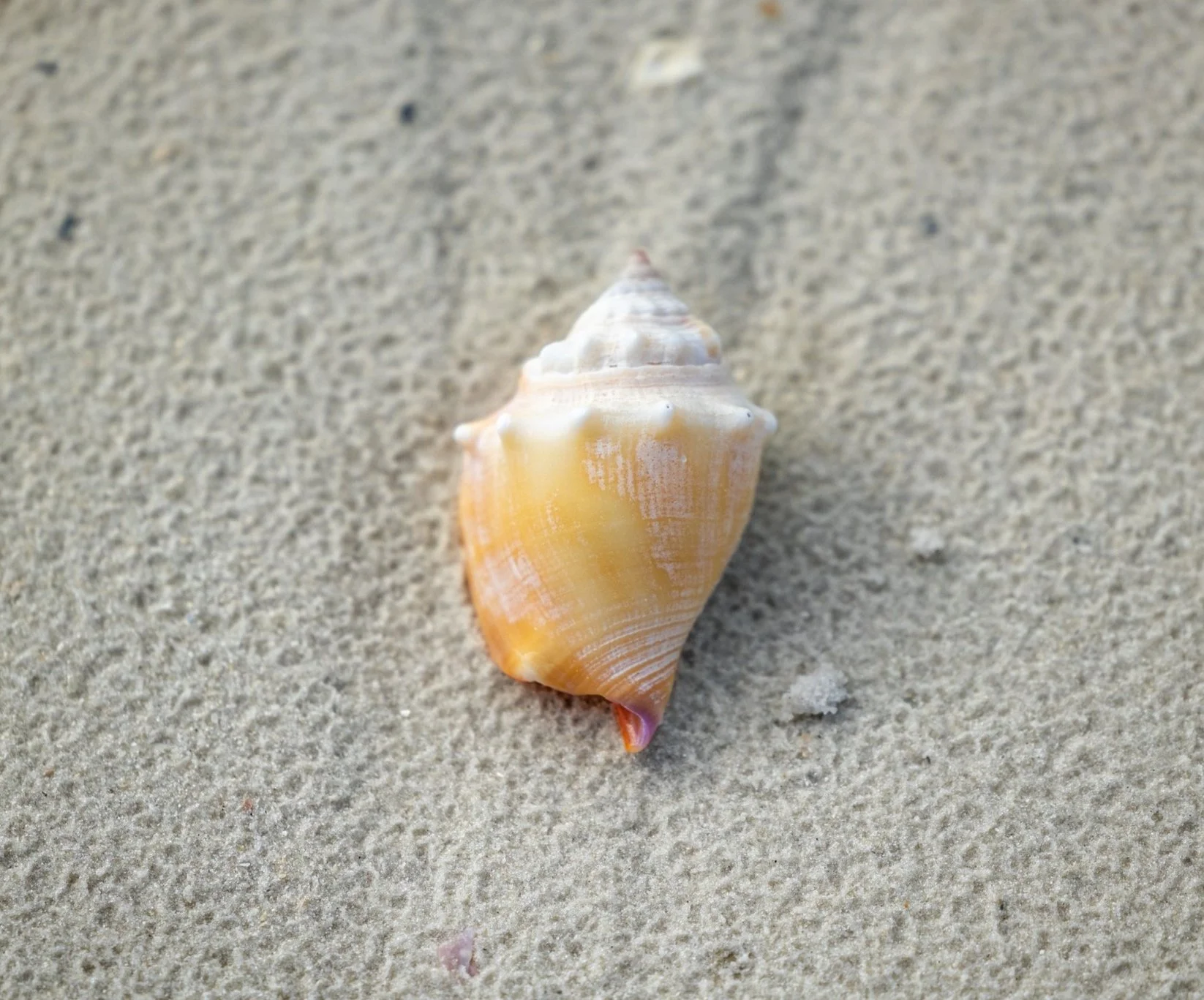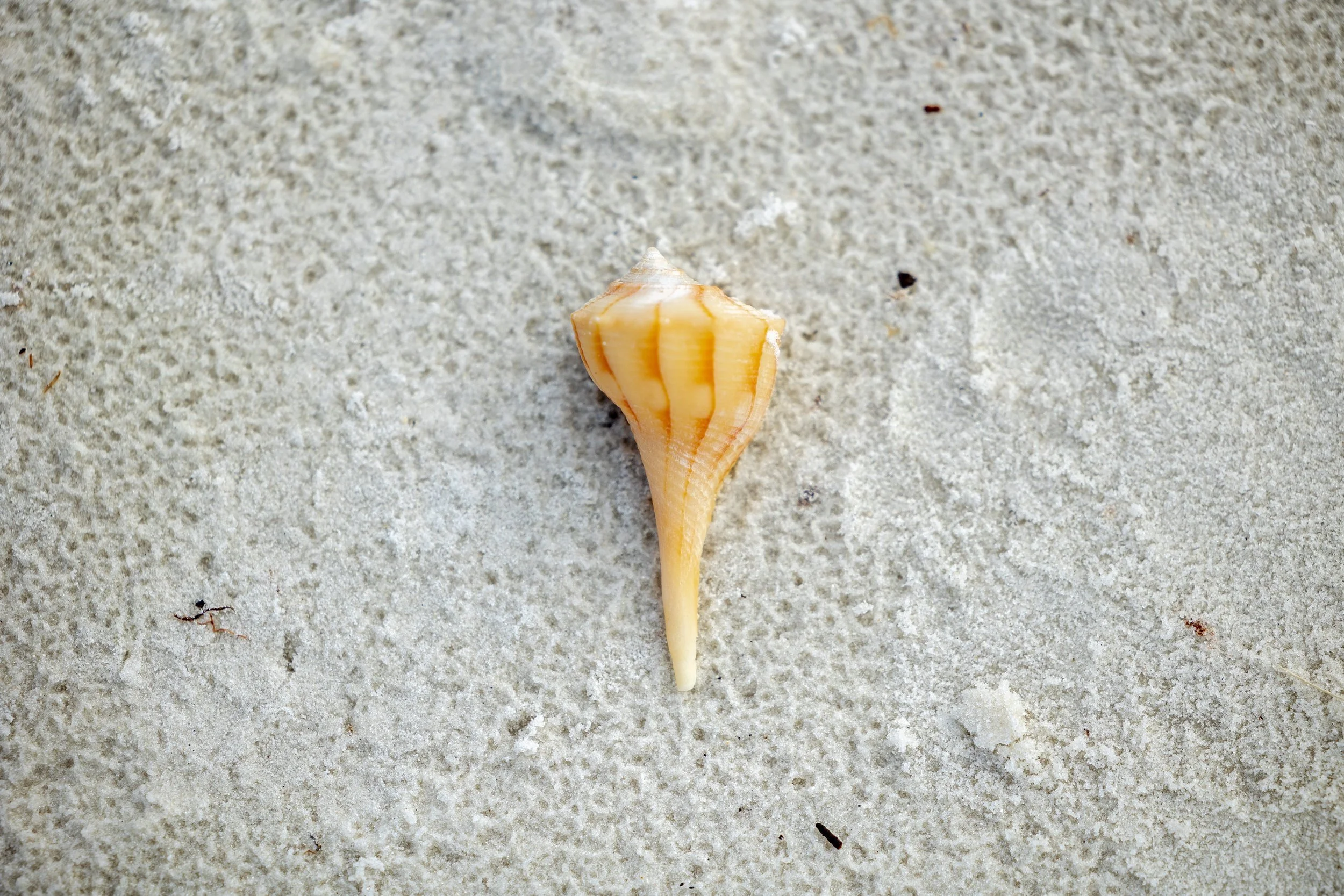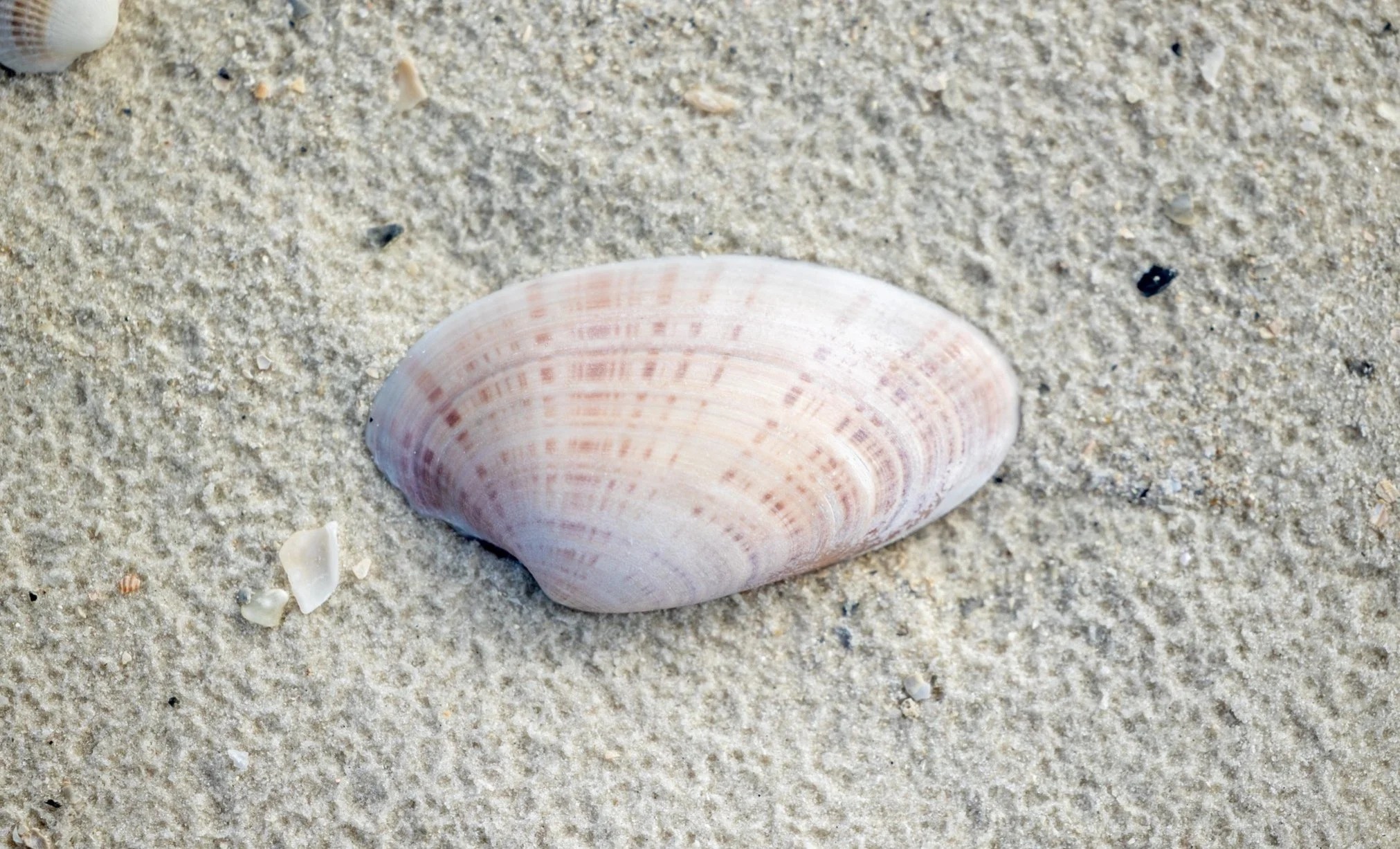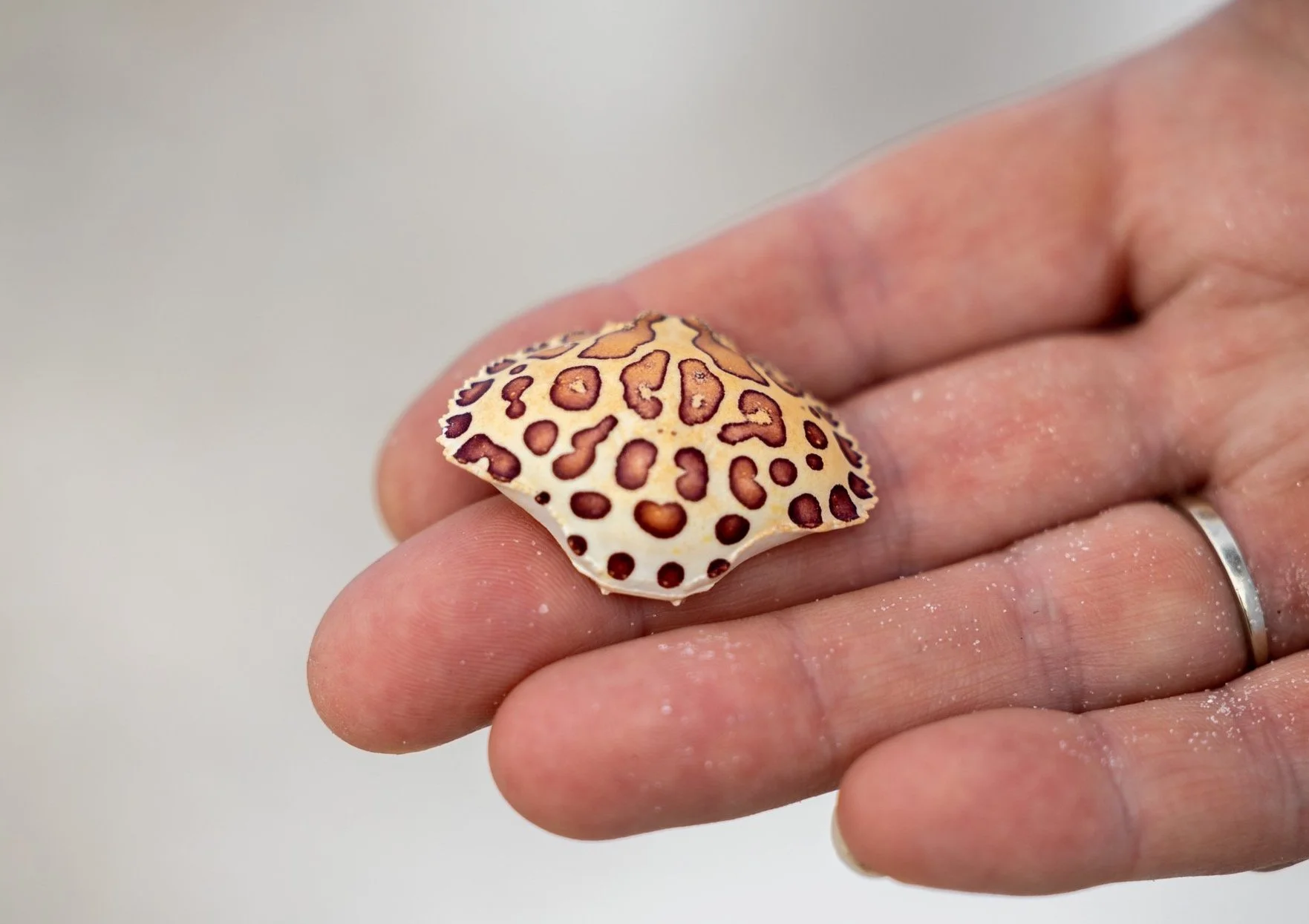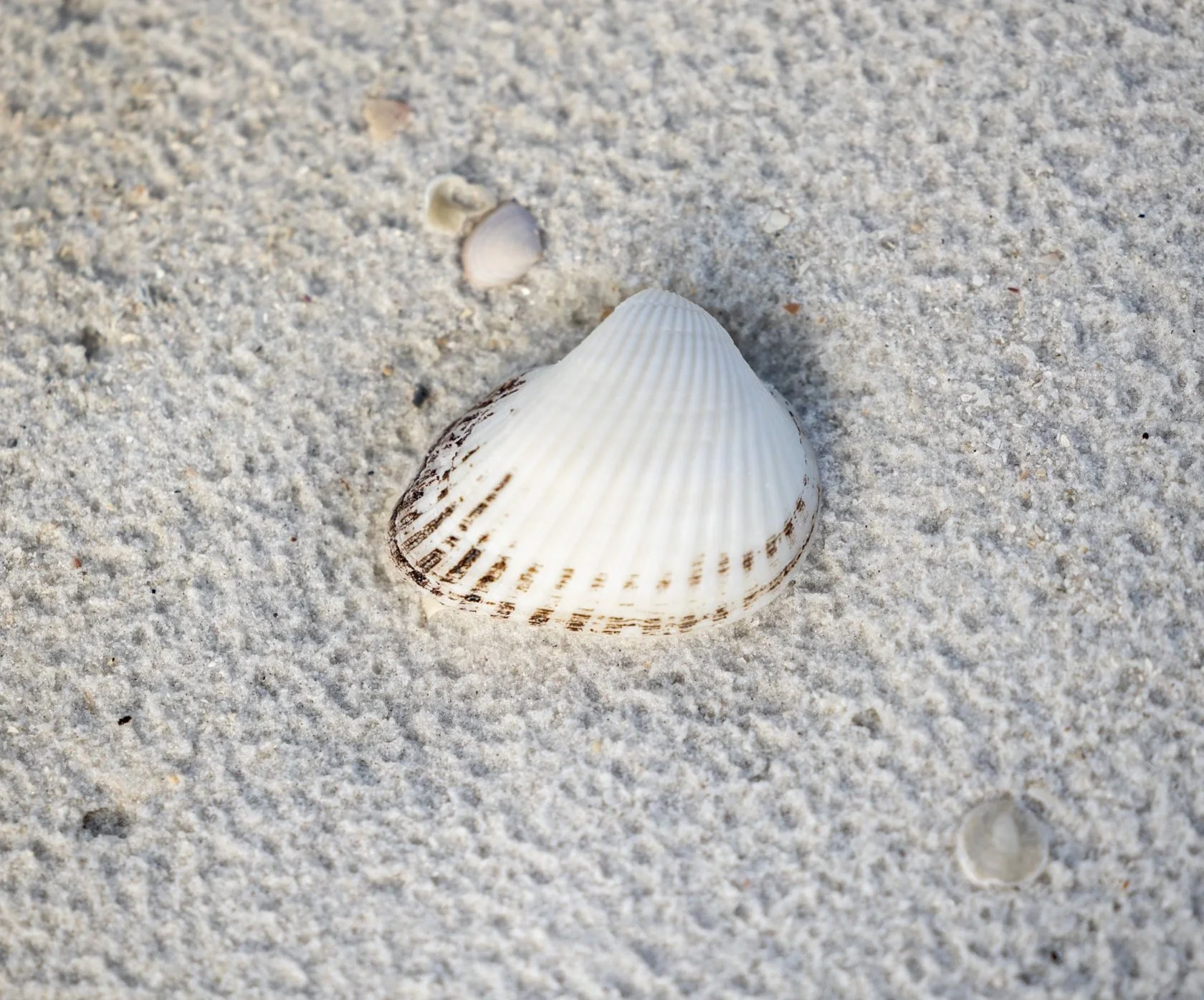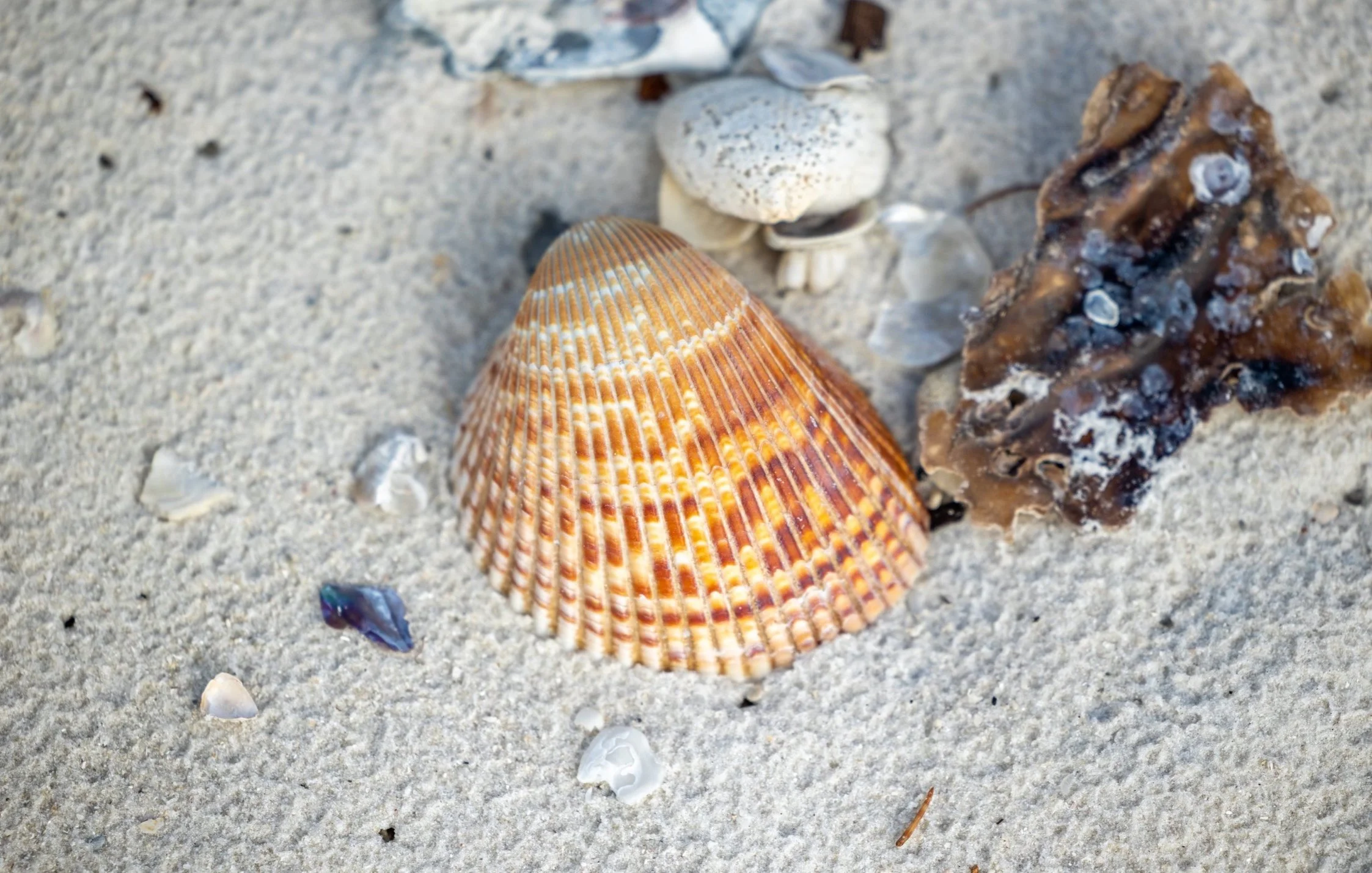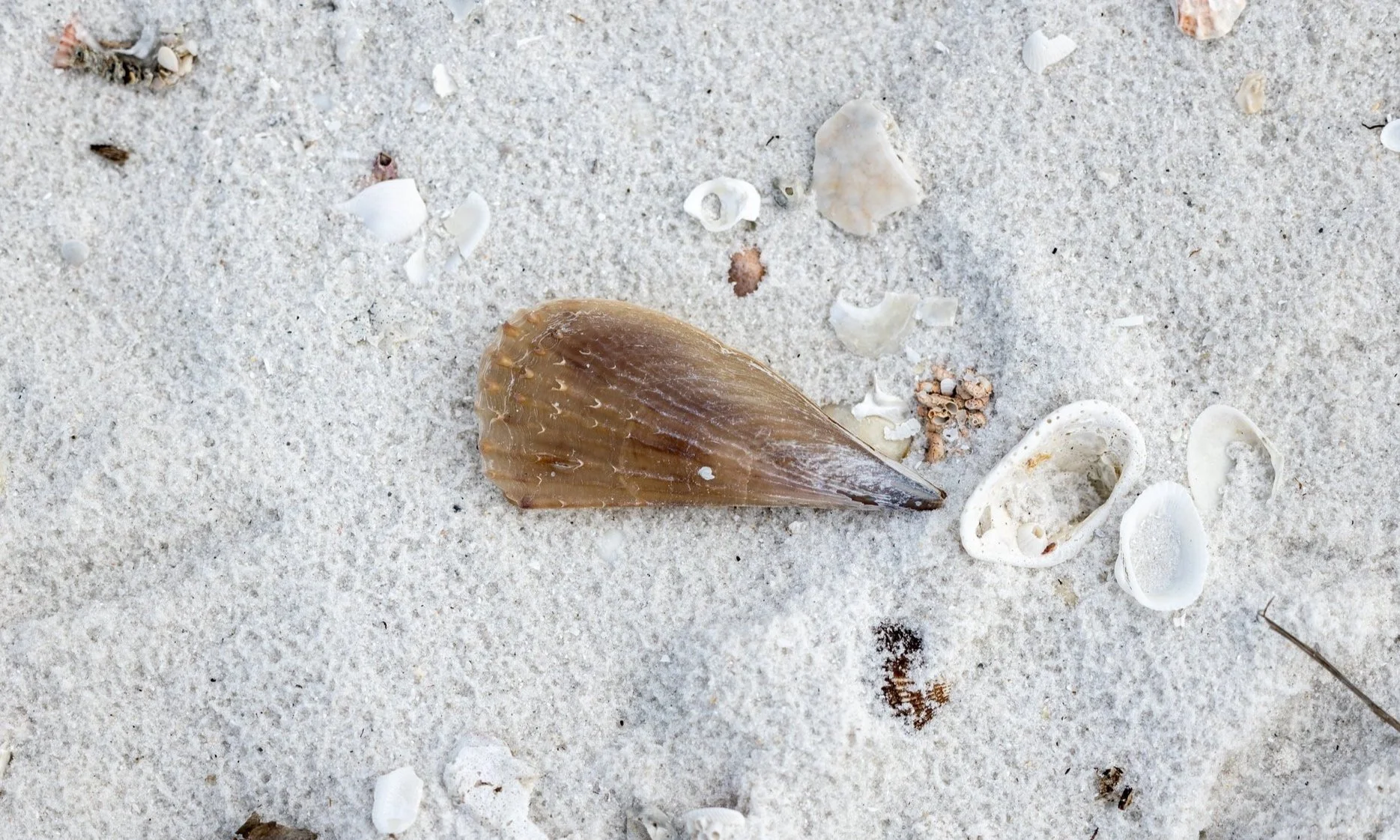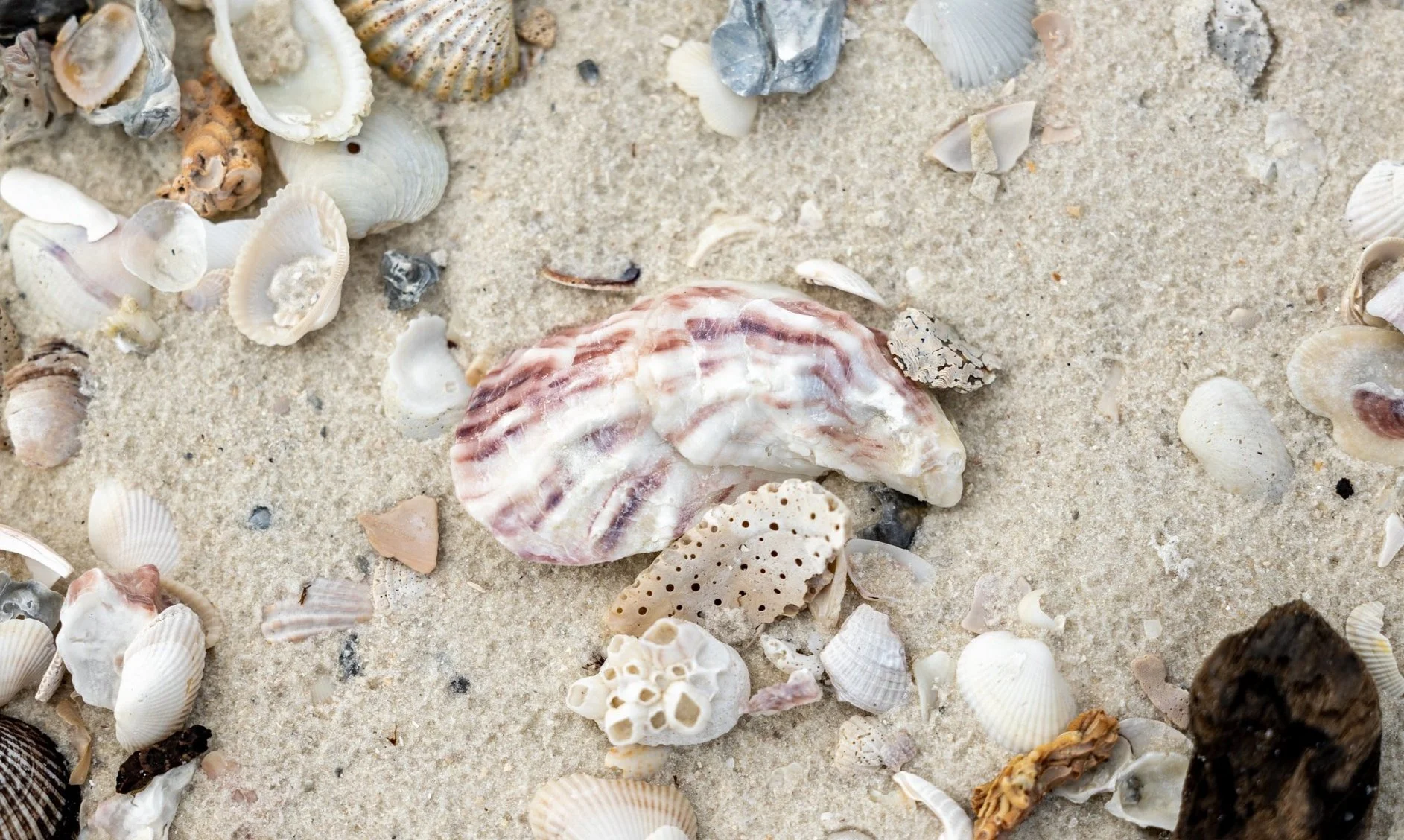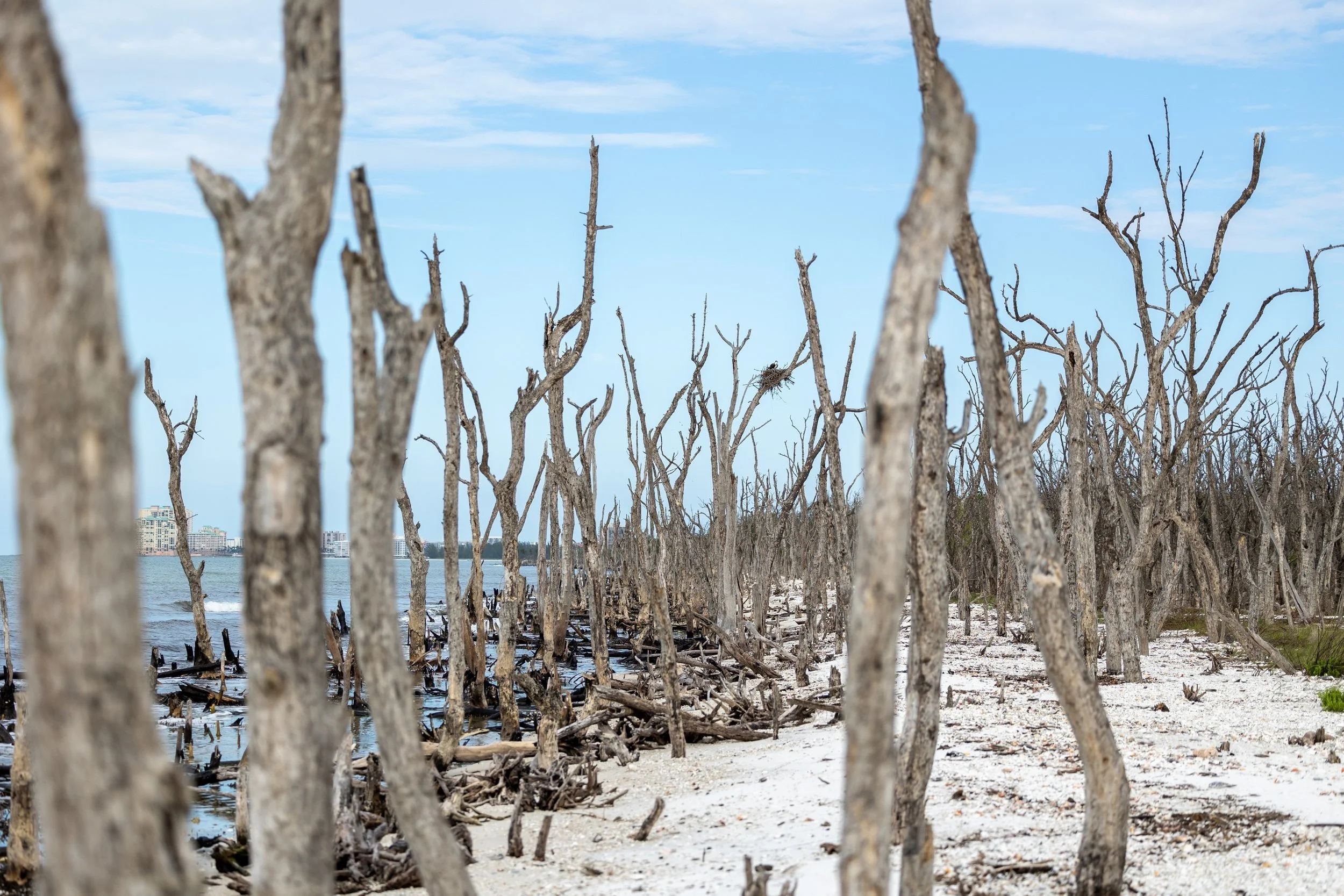Ten Thousand Islands - Florida
Ten Thousand Islands is a National Wildlife Refuge located in southwestern Florida that was established in 1996. It stretches from Marco Island and Goodland in the North to the mouth of the Lostman River in the south. It’s comprised of a maze of mangroves where the everglades meet the Gulf of Mexico and is consider the second largest mangrove forest in the world behind only Bangladesh. With over 35,000 acres of protected waterways, mangrove inlets and islands it is home to a wide range of native, rare and protected wildlife that include marine and plant species. There are many ways to visit and explore the refuge including renting a boat, kayaking or paddle boarding, or joining a tour boat. Due to their protected nature and limited visitors, this area has some of the best shelling on the Florida coastline and attracts people from all over the country. They come from far and wide to pick through shorelines that are covered in a thick layer of a wide variety of shells unique to Florida.
Florida Fighting Conch (Strombus Alatus)
The Florida Fighting Conch is one of southwestern Florida’s most abundant mollusk with shells of various sizes and colors commonly found along the shores of the Gulf Coast. They can be found as far north as North Carolina on the Eastern Atlantic and throughout the Gulf of Mexico. They can grow up to 4.3 in (110 mm) long and contain a small jagged spire at the top with about seven spires and 8-9 internal whorls (pattern of spirals or concentric circles). You can typically find them in shallow seagrass beds and sandy waters where wave action is minimal. Their shell doesn’t get its name from its appearance, it gets it from its personality, they are known to be territorial and “fight” for its space by waving its muscular foot when other invade its personal bubble. They also fight during mating to prove their dominance and attract females.
Calico Scallop (Argopecten Gibbus)
Calico Scallops are bi-valve mollusks with a fan shaped shell that have deep squarish ribs and can grow to 2 in (5 cm). They live in water from 30 to 1,300 feet (9 - 400 m) in offshore waters from Maryland to Florida and throughout the Gulf Coast. They typically live for 18 months with some reaching 24 months and reproduce, as hermaphrodites, 3 to 4 during their lifespan. Anatomically, calico scallops are almost identical to bay scallops. They pump water across gills to filter out food particles and use their large adductor muscle to open or close their shells. When done quickly, this rapid reflex propels the scallops up off the bottom to a new location on the seafloor. It takes them 6 to 8 months to reach their commercial harvestable size of 1.87 to 2.1 in shell height
Lightning Whelk (Sinistrofulgur perversum)
The lightning whelk is an edible species of very large whelks that is only native from the mid-Atlantic in New Jersey to Florida and the Gulf states in the south. It became the State Shell of Texas in 1987. Although most mollusks are right handed or dextral shells, the lightning whelk is a left handed or sinistral shell. Since they are a whelk vs a conch they are carnivores and use their proboscis to digest the soft parts of their prey and the sharp edge of their shell to pry open clams or other mollusks. If they can’t pry the shell open they will grind the shell with its own shell until it creates a hole that’s large enough to insert its radula (toothed tongue). Their carnivorous habits also begin at a young age. Since not all whelk eggs hatch (typically just over half will hatch), the ones that do hatch will feed on the eggs that did not.
Sunray Venus Clam (Macrocallista Nimbosa)
The Sunray Venus Clam is a bi-valve mollusk with a sunray pattern on its shell that is always asymmetrical. They grow up to 6” and have a highly polished look and a range of colors including brown, pink-gray, peach, golden-tan or lavender. These colors fade quickly in direct sunlight, but a Sunray Venus Clam fresh from the water offers a dramatic sunburst on a polished canvas. They can be found from North Carolina in the Atlantic to Texas in the Gulf but aren’t easy to come by in the wild. They are however being farmed on Pine Island in Lee County, Florida near Fort Myers. Venus Clams are known to have plump meat, with a briny taste and hint of umami making them sought after by diners who are aware of them. The meat is light colored, ranging from white to cream to light yellow and more plump than Manilla clams, yet still tender.
Calico Box Crab (Hepatic Epheliticus)
The Calico Box Crab, also known as the leopard crab, is a brightly colored 2-4 in (5-10 cm) crab with red patches on a gray to pale yellow carapace that can be found from the Chesapeake Bay to as far south as the Gulf of Mexico, Jamaica and the Dominican Republic. They are known to be aggressive, omnivorous crabs that live in shallow water, move through the water using their back legs and often scavenge on detritus (waste or debris from other animals). During the daytime they bury themselves in the sand with only their eyes exposed to hide from predators to surprise potential prey. At night, they come out in the open to search for worms, fish and other food. They communicate by clinking their claws, legs and other body parts. Since their body parts of made of shell this is sufficiently loud for communication.
Ponderous Ark (Noetia Ponderosa)
The Ponderous Ark is a bi-valve marine clam that can be found along the US coastline from Texas to Virginia. The shell is a rounded trigonal, almost as long as high with 27-31 squared radial ribs separated with fine incised lines. The interior and exterior of the shell is white but it has a dark-brown or black, velvet-like periostracum (organic shell layer that covers part or the entire shell) giving each shell its unique look. They eat plankton and detritus, feeding through a figure eight-shaped opening in the mantle. They also have a close relationship with the false Sea Fan, a marine colonial organism related to Sea Whips, Sea Anemones, and Corals. False Sea Fans attach themselves to the posterior region of Ponderous Arks, and may profit from an enhanced food supply (zooplankton) facilitated by the water currents created by the filter-feeding host bivalves.
Atlantic Giant Cockle (Dinocardium Robustum)
The Atlantic Giant Cockle is one of about 250 different species in the Cockle family of clams, with the Atlantic Giant being one of the largest measuring up to 5 in (12.7 cm). Their shells are large, sturdy and obliquely ovate, with about 32-36 rounded radial ribs on both the outside and inside. The main color of the surface usually is creamy white, speckled with reddish-brown markings, with a pinkish interior. It burrows itself into sand or the ocean bottom using its strong foot, and like most bivalves feeds by filtering the water for plankton. Like other cockles it uses its muscular foot to leap in a pole vault fashion by bending its muscular foot backwards beneath its shell then straightening it. In most adults, the foot is about as long as the greatest length of the shell.
Paper Fig Shell (Ficus Ficus)
The Paper Fig is a species of giant sea snail, a marine gastropod mollusk, with a smooth fig shaped shell, a short spire and a drawn out siphonal canal that can be found from North Carolina to the Gulf of Mexico. Its color is orange-brown when alive but can fade overtime with bleaching, as seen here. It can reach a length of up to 4-5 in (10-13 cm) and has approximately 4 body whorls (pattern of spiral or concentric circles). The surface of the shell has flattened cord-like ribs which alternate with weaker ribs and are crossed by fine vertical striae (slight ridge or groove on a surface, often one of a number of similar parallel features). Adult Paper Figs have no operculum (structure that covers an aperture or opening) and instead has a large foot, two big curved flaps near the head and a long siphon.
Saw Toothed Pen Shell (Atrina Serrata)
The Saw Toothed Pen Shell is a bi-valve mollusk typically found along the Atlantic coast of America from North Carolina to Texas on the Gulf Coast and is one of three types of Pen Shells in the Pinnidae Family. Their shell are very distinctive in appearance, having two large wedge or fan-shaped halves, with a straight dorsal margin on each valve and a rounded ventral (or underside) margin. Pen Clams close their shells by flexing their adductor muscles and actually bending the shell (most bivalves use the hinge of their shells for opening and closing, rather than bending). They live near shore partially buried in sand flats and grass beds attaching itself to hard objects under the surface using protein threads called “byssus”. The narrow part of the “fan” sticks into the sand, and the flared part sticks out into the water above the sediment.
False Angelwing (Petricolaria Pholadiformis)
The False Angelwing is a species of saltwater clam, a bi-valve mollusk in the Venus Clam family that can be found on the US coastline from North Carolina to the Gulf Coast. It’s called the “False” Angle Wing because it closely resembles the Angel Wing with the main difference that it lacks the spoon-like appendage, the apophysis (a wing-like flange). They call them Angel Wings or False Angel Wings because the ridges and ribs on their shells surface closely resemble feathers. They grow to around 2 in (5 cm) with a rounded point on one end, a blunt curve on the opposite end near the hinge and ridges radiating from the beak that are more pronounced at the posterior end. The fainter rings that run parallel to the margin are growth rings that help date the shell.
Eastern Oyster (Crassostrea Virginica)
The Eastern Oyster is a bivalve mollusk native to eastern North and South America with a hard calcium carbonaceous shell that protects it from predation. Unlike most bivalves, whose shells are aragonite, Eastern Oysters have calcite shells. Oysters play an important role in the health of the ocean by sucking in water and filtering out the plankton and detritus for food and returning the filtered and cleaned water back into its environment. One oyster can filter more than 50 gallons of water in 24 hours. They also provide key habitat for a variety of different species by creating hard substrate for attachment and habitation with a surface area estimated at 50 times the surface area of an equally sized flat bottom. Oyster beds also attract a high concentration of larger predators looking for the food. They are also an important commercial species. They are farmed in Canada and all Eastern and Gulf states of the United States, as well as Puget Sound, Washington.
Channeled Whelk (Busycotypus Canaliculatus)
The Channeled Whelk is a large predatory sea snail, a marine gastropod, that can be found from Cape Cod to Florida and has recently been introduced to the San Francisco Bay. They grow from 5 - 8 in (13 - 20 cm) having a smooth pear-shaped shell, with a large body with 5-6 whorls and a long, straight siphonal canal. Their name “channeled” whelk come from the broad, deep channels between each whorl. The shell is dextral (aperture on the right side) and typically grey to light tan with a brown operculum. They have fine growth lines with a greyish to olive periostracum (thin, organic coating that is the outmost layer of a shell). They prefer shallow, sandy, intertidal or subtidal areas where they’re nocturnal in nature and feed on clams or other marine mollusks.
Florida Spiny Jewelbox (Arcinella Cornuta)
The Florida Spiney Jewelbox is a marine bi-valve mollusk that can be found along the coastline from North Carolina to the Gulf of Mexico, the Caribbean, Central America and Venezuela. Its shell is obliquely trigonal, can grow up to 1.5 in (4 cm) and has seven to nine radial rows of ribs covered by large spines with coarse pitting between ribs. Its exterior is creamy white in color with a white interior that may show tinges of pink or red. Early in its life it attaches itself to surface before being free-living later in life. True to its name they have somewhat lengthy spines that run along their radial rows that serve as protection for the mollusk. Since they are filter feeders, their diet is largely based on plants that are filtered.
Alphabet Cone (Conus Spurius)
The Alphabet Cone is a species of sea snail, a marine gastropod that can be found from the east coast of Florida to Venezuela as well as off the coast of the West Indies. The maximum size is around 3 in (7.6 cm) and it’s shaped like an ice cream cone with the normally open end covered with a relatively flat, tight spiral formation. They are carnivorous snails that have a deadly toxin that can be fatal (but rarely is) to humans. In contradiction, its venom may also be able to save human lives. Scientists are currently studying the chemical, conotoxin, extracted from their venom, for pain relief and to help diseases such as Alzheimer’s, Parkinson’s, depression and epilepsy. The venom from some species has shown to be a potent pain reliever up to one-thousand times stronger than morphine. It’s known as the Alphabet Cone because it’s said that you can find every letter of the alphabet if you look at the shell pattern of enough of them. There are plenty of videos on YouTube that try to prove this theory.
Banded Tulip (Cinctura Lilium)
The Banded Tulip is a species of sea snail, a univalve gastropod mollusk, that can be found from the coast of North Carolina to the Gulf of Mexico including Mexico and other Caribbean countries. The shell can grow in excess of 4 in (10 cm), has a smooth texture and has widely spaced brownish spiral lines set against an ivory or blueish gray background with some reddish brown mottling. Its spire is high and pointed with a medium length siphonal canal (used to actively siphon water into its shell). Like most snails it’s omnivorous preying on other large gastropods such as Pink Queen Conchs, other Tulip Shells and bivalves such as clams by using its radula (or toothed tongue) to bore a hole in the shell of its victim.
Flowery Lace Murex (Chicoreus Florifer)
The Flowery Lace Murex is a species of sea snail, a marine gastropod mollusk that can be found from North Carolina to the Gulf coast in the US and The Bahamas. They can grow to 2.8 in (70 mm) and typically have a cream, pale rust-brown or deep brownish black and a white interior. The shell has a fusiform shape (Rounded, broadest in the middle, and tapering toward each end) with three main body segments or axial varices. The outer lip is also dentate (having a tooth-like or serrated edge) which is common with most murex. Murex feed on other mollusks and even drill into the shell surface or chisel at the shell edge of clams and other bivalves to reach the soft tissues on the inside.
Horseshoe Crab (Limulus Polyphemus)
Horseshoe Crabs are one of the most unique animals on the planet with ancestors that lived 445 million years ago, prior to the dinosaurs, with only 4 species remaining, one of which, seen here, lives on the US East coast and into the Gulf of Mexico. One of the most know facts about them is that they have blue blood, which is due to the oxygen-carrying protein, hemocyanin, which has copper rather than the iron that’s found in the hemoglobin in most mammals blood (including human’s). Their blood also contains a life saving enzyme called limulus amebocyte lysate or LAL that causes blood to coagulate when exposed to bacterial endotoxins (which can be deadly). LAL is used in medicine to detect these deadly endotoxins and is an important part of pharmaceutical microbiology. Horseshoe Crabs have 6 pairs of legs but only 5 are for walking, the other pair is used to move food, such as worms, algae, clams and other small prey, into their mouths and crush it before eating. The also glow under UV light.
Kice Island - Ten Thousand Islands National Wildlife Refuge
Kice Island is located on the gulf coast of southwestern Florida inside the the Ten Thousand Islands National Wildlife Refuge. It’s located in the northwest corner of the refuge in close proximity to the densely populated Marco Island but has no permanent inhabitants and is a reminder of what undisturbed Florida coastline looks like. The lack of inhabitants and proximity along the southwestern gulf coast of Florida make it one of the top spots in the country to look for unique shells. You can get there a number of ways with the most popular being shelling tours out of Goodlands or Marco Island, renting a boat or renting a kayak or paddle board from Marco Island. Each option has a different cost and difficulty but all are suitable to venture to this sparsely visited island to find and collect some of the most unique shells in Florida.















